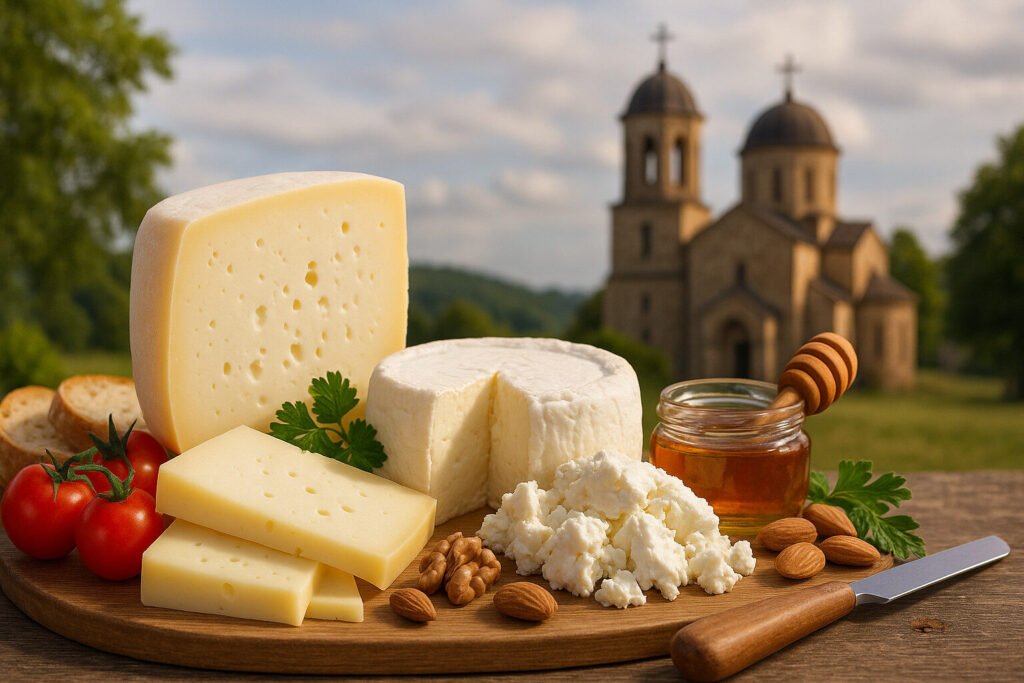Cheese Of Christian Tradition Countries
Definition and Scope
Cheeses of Christian tradition countries originate from regions where Christianity historically shaped cultural and dietary practices. These cheeses developed within monastic communities and rural areas across Europe and the Middle East. Their production reflects religious fasting rules, seasonal availability, and local terroir influences.
This category encompasses diverse styles from countries including France, Italy, Spain, and Greece. Many were created by monks seeking protein sources during meatless fasting periods. The classification highlights how religious traditions directly influenced cheese evolution and preservation techniques.
Production Methods
Traditional production follows methods perfected in monasteries and religious communities over centuries. Many utilize raw milk from local breeds, emphasizing natural fermentation and manual craftsmanship. Aging often occurs in monastery cellars or caves with specific humidity and temperature conditions.
Characteristic techniques include Trappist-style washing, monastic brining, and natural rind development. These methods create distinctive textures and flavors while ensuring preservation. Production schedules often align with religious calendars and seasonal milk availability.
Sensory Profile
These cheeses exhibit complex flavor profiles ranging from mild and buttery to intensely pungent. Texture varies from semi-soft monastic cheeses to hard, aged varieties suitable for long storage. Many feature earthy, mushroomy notes from cave aging and distinctive rind characteristics.
Aromatic properties often include herbaceous notes from grazing pastures and cellar microorganisms. The balance of saltiness, acidity, and umami reflects careful aging processes. Sensory characteristics directly relate to monastic recipes and regional environmental factors.
Culinary Uses
Traditional consumption follows both religious and cultural practices, often served during feast days and celebrations. Many pair well with sacramental wines, monastery beers, and rustic breads. Their robust flavors enhance simple preparations while standing alone as centerpiece items.
Modern applications include grating over pasta, melting in sauces, and composing cheese boards. Their structural properties make them suitable for cooking and baking. Usage patterns maintain historical connections to religious dietary traditions while adapting to contemporary cuisine.
Regional Examples
Notable examples include French Trappist cheeses like Port-du-Salut and Italian monastic varieties such as Parmigiano-Reggiano. Spanish monastery cheeses like Torta del Casar and Greek halloumi represent Eastern Orthodox traditions. Each region developed distinct styles based on local ingredients and religious practices.
Geographical indications protect many traditional varieties including English Cheddar and Dutch Gouda with monastic origins. These cheeses maintain Protected Designation of Origin status reflecting their cultural significance. Regional variations demonstrate how Christianity influenced cheese diversity across different landscapes and climates.

